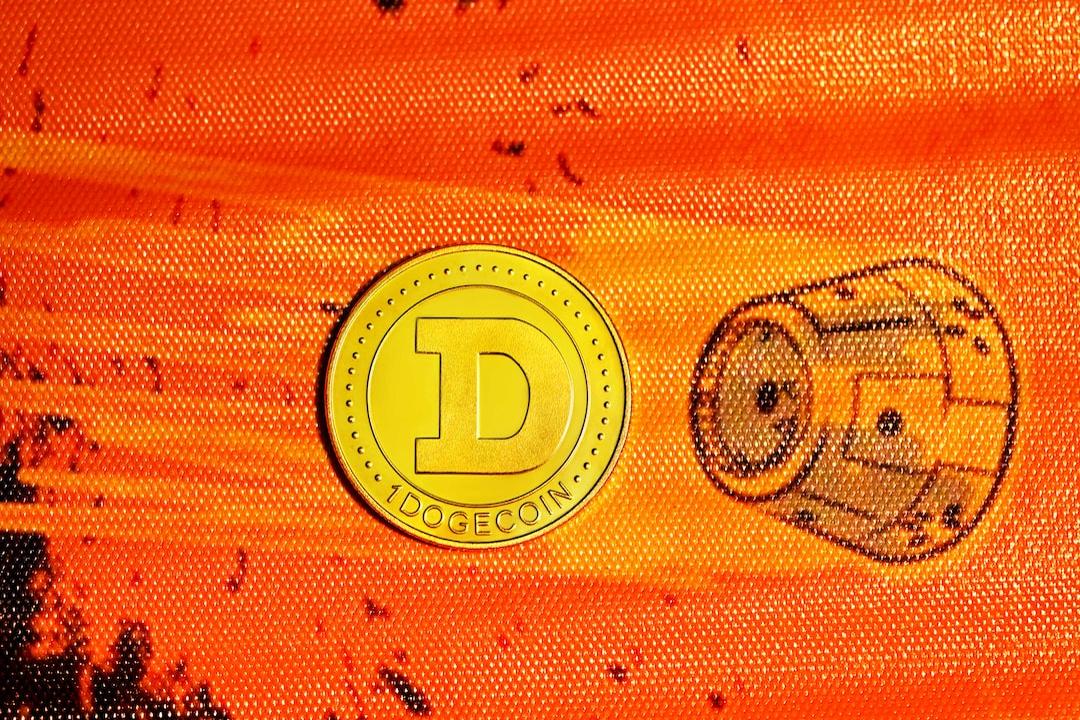BitMEX Founder Arthur Hayes Releases Latest Article Titled “The BBC”
BitMEX founder Arthur Hayes published a new long article today titled “The BBC,” which mentions that Fed Chairman ### Jerome Powell may abandon his anti-inflation strategy due to the current massive debt of the U.S. government. The article also points out that signs of the Fed potentially abandoning its resistance to inflation can be seen in the decision to slow down QT from the March FOMC meeting. Additionally, Arthur Hayes predicts that Bitcoin will reach $250,000 by the end of this year.
(Background: Arthur Hayes: Bitcoin to Return to Bull Market in April, Fed’s Printing Press Will Continue to Release More Liquidity)
(Context: Trump Pardons Arthur Hayes and Two Other BitMEX Co-Founders, CZ Congratulates)
Power Struggle Between Fed’s Powell and Treasury Secretary Scott Bessent
BitMEX founder and Maelstrom co-founder Arthur Hayes published a new long article today titled “The BBC,” detailing the power struggle between Fed Chairman ### Jerome Powell and U.S. Treasury Secretary Scott Bessent, and how fiscal policy has dominated monetary policy. The article also indicates that Bitcoin is expected to reach $250,000 by the end of 2025.
The following summarizes the key points of the article:
Powell May Change Policy Due to Political Pressure
Hayes states in the article that Fed Chairman ### Jerome Powell is at a dead end. During Powell’s seven-year tenure, he has struggled to position himself as the legendary Fed Chairman Paul Volcker, who fought inflation in the early 21st century. However, following the appointment of the new Treasury Secretary Scott Bessent, Powell’s anti-inflation plans have been brutally interrupted by fiscal policy.
Hayes writes that in today’s world of soaring U.S. government debt, the independence of the Fed is merely a beautiful illusion, ultimately forced to change policy due to political pressure:
“Powell wants to be the next Paul Volcker, the legendary figure who fought inflation at all costs in the early 1980s. But as Arthur Burns revealed in his 1979 speech ‘The Pain of Central Banks,’ this is just a beautiful dream. Even Volcker eventually succumbed to political pressure in 1982 and relaxed monetary policy. It’s worth noting that U.S. debt during Volcker’s time was only 30% of GDP, whereas today that figure has reached 130%.”
Fed Can End QT or Restart QE to Change the Situation
Additionally, Treasury Secretary Scott Bessent has proposed a “333 Economic Policy” focused on reducing the deficit, growth, and energy, which includes a plan to “reduce the U.S. budget deficit to 3% of GDP by 2028.”
However, Hayes points out that even if the Trump administration successfully reduces the deficit from 7% to 3%, the government remains a net borrower year after year and clearly cannot repay any existing debt stock. Mathematically, this means that interest payments will grow exponentially, further ballooning the debt.
Hayes bluntly states that unless Bessent can find buyers for U.S. bonds that defy economic logic, the government debt remains unsolvable mathematically. Hayes adds that the Fed could at least propose measures to change the current predicament:
“However, changing this status and turning the Fed and banks into inelastic buyers of government bonds is very simple. The Fed can decide to end QT (quantitative tightening) at a minimum or restart QE (quantitative easing) at a maximum. The Federal Reserve could also waive the SLR for banks, allowing them to use unlimited leverage to purchase government bonds.”
Will Powell Abandon the Fight Against Inflation?
Furthermore, Hayes states that during the March FOMC meeting, Powell announced a slowdown in the pace of quantitative tightening (QT) starting in April:
“Reducing from $25 billion per month to $5 billion per month, this change will create an additional $240 billion in annual dollar liquidity. Is that not enough? He also hinted at possibly maintaining the reduction of mortgage-backed securities (MBS) while increasing purchases of government bonds.”
Hayes continues by stating that this distorted version of QT is essentially “bond QE,” which may indicate that the Fed has given up on its mission to resist inflation and instead provides printing services for the ever-expanding government deficit.
Bitcoin Will Reach $250,000 by Year-End
At the end of the article, Hayes states that if his judgment about the Fed transitioning from government bond QT to QE is correct, then Bitcoin will soar to $250,000 by the end of this year.
Additionally, Hayes elaborates on the main reasons for Bitcoin reaching $250,000 by year-end, stating:
“I still believe Bitcoin can reach $250,000 by the end of the year because the BBC has already forced Powell’s hand, and the Federal Reserve will flood the market with dollars. This allows ### to instruct the People’s Bank of China to stop tightening domestic monetary conditions to defend the dollar-RMB exchange rate, thereby increasing the net quantity of RMB. Finally, Germany has decided to re-establish an army, paying for it with printed euros, while every other European country must build its own army with printed euros due to fears of igniting a remix of 1939.”


